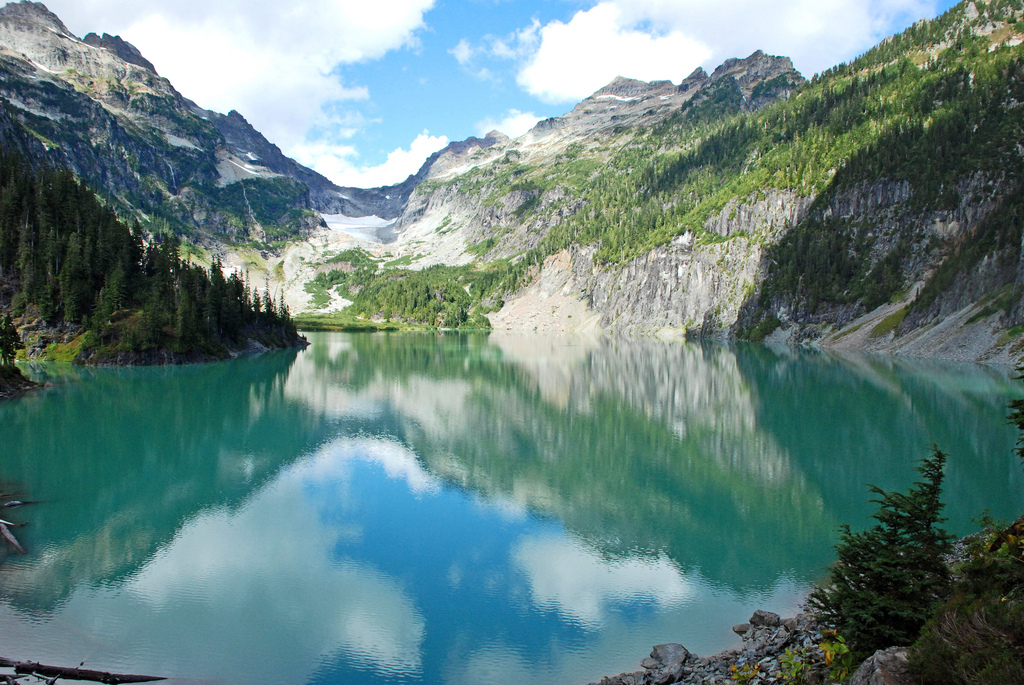
Photo credit: Terra Bella Studios via Flickr Creative Commons License
It may be hard to imagine, but the outer edges of Antarctica were once green, lush and teeming with vegetation, a new study has uncovered.
Scientists at NASA, the University of Southern California and Louisiana State University examined plant fossils taken from sediment cores beneath the Antarctic ice shelf and found that between 16.4 million and 15.7 million years ago, Antarctica was much warmer and rainier than previously thought. In fact, the continent's climate was similar to that of present-day Iceland, reaching temperatures of up to 45 degrees Fahrenheit.
The paper was published in the most recent issue of the journal Nature Geoscience.
When studying the sediment extracted from below the ice, the researchers found large quantities of pollen and algae -- an indication of abundant plant life. They also examined the plant-leaf wax from the sediment cores and were able to determine details about the water the plants drank when they were alive.
The greening of Antarctica occurred during a period of global warming called the Miocene period -- tens of millions of years after the last dinosaurs roamed the earth. Although it was long before the days of modern humans, during this time, the planet was home to mostly modern-looking species -- including apes, deer and horses.
The findings of the study have staggering implications for what increasing levels of carbon dioxide in the earth's atmosphere and a changing climate could mean for the planet in the not-so-distant future.
Levels of carbon dioxide during the Miocene era were around 400 to 600 parts per million (ppm) -- not much higher than the modern-day level of 393 ppm. According to the authors of the study, if CO2 levels increase at the same rate they are today, they will reach the amounts seen during the Miocene period by the end of this century.
Could Antarctica really become a green paradise before the end of our lifetimes? Maybe not, but the study holds valuable lessons about climate change, according to Sarah J. Feakins, assistant professor of earth sciences at the USC Dornsife College and lead author of the study.
"Just as history has a lot to teach us about the future, so does past climate," she said. "What this record shows us is how much warmer and wetter it can get around the Antarctic ice sheet as the climate system heats up."
In the global warming that occurred during the Miocene era, the western part of the Antarctic ice sheet retreated, and the eastern part contracted, the scientists found. Those changes followed a period of substantial ice growth, however, and Earth's landmasses and ecosystems were substantially different from what they are today.
Although the underlying goal of this study was to better understand the impact of rising CO2 levels, only time will tell what the effects of a rapidly changing climate will be on not only Antarctica, but the rest of the planet.